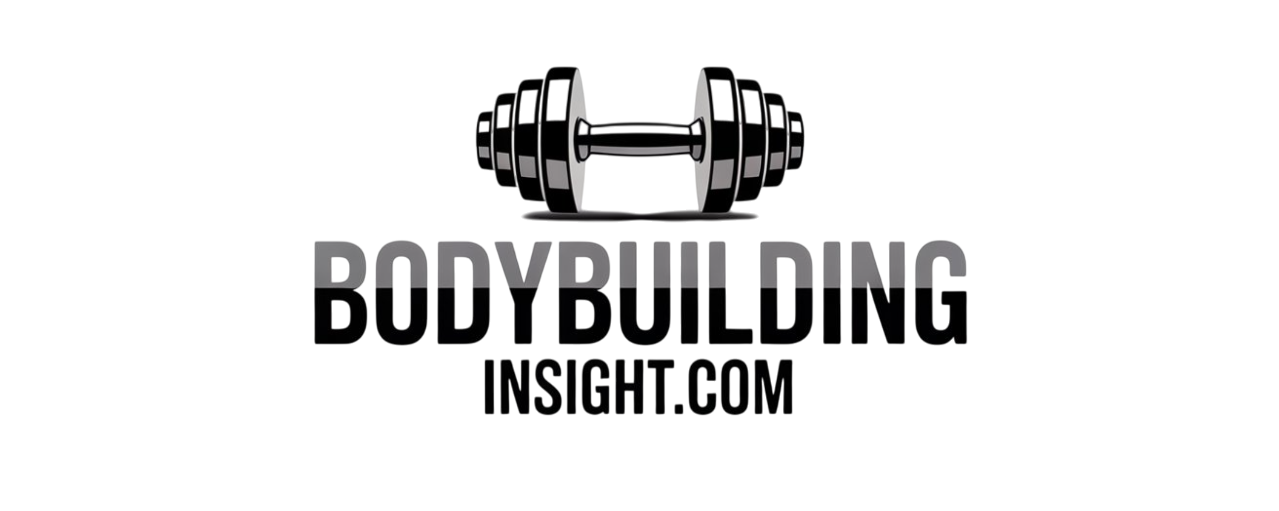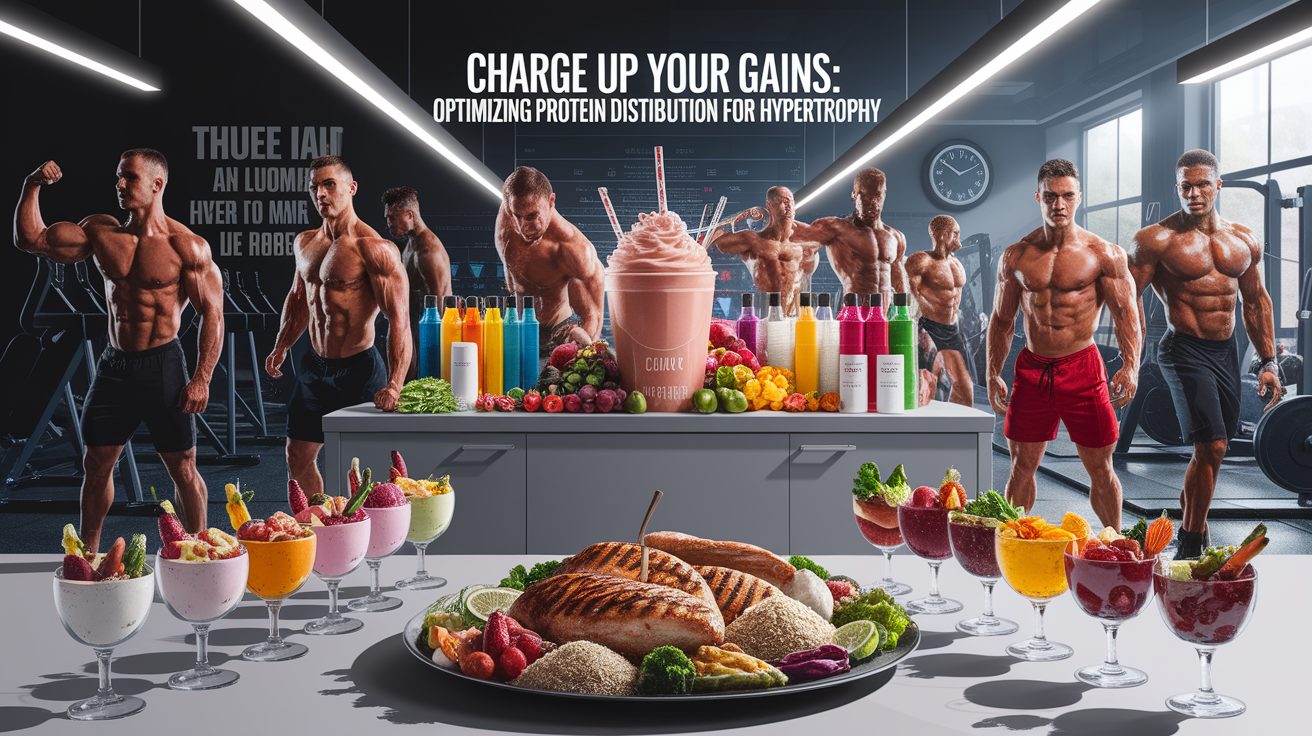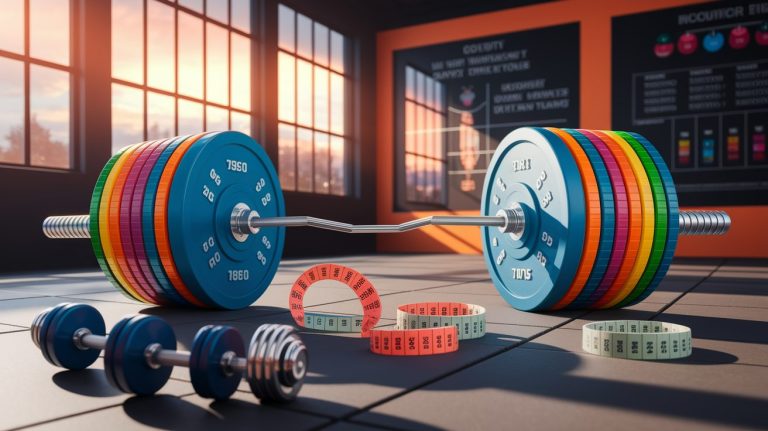Charge Up Your Gains: Optimizing Protein Distribution for Hypertrophy
Determining Search Intent
When athletes and bodybuilders search for strategies related to protein distribution for hypertrophy, they often want precise, science-backed guidance on how to distribute protein throughout the day for muscle growth. The intent is clear: they want actionable steps grounded in credible research—not generalized advice or marketing hype. This means delivering quantified recommendations on protein timing, meal spacing, and amounts per meal to optimize muscle protein synthesis rates (MPS), as well as explaining why these strategies work on a molecular level.

Fueling Growth from the Start: Mastering Protein Distribution
Your total daily protein intake lays the foundation for muscle growth, but the distribution pattern determines how efficiently your body actually uses it to build skeletal muscle. Research shows that spreading protein evenly—around 30 grams per meal—can yield greater 24-hour net MPS compared to typical skewed intakes where dinner holds the largest protein load (source). For athletes engaged in consistent resistance training, this pattern helps maximize the “anabolic response” from each meal and avoids wasting potential by oversaturating the system during one feeding and underserving the rest of the day.
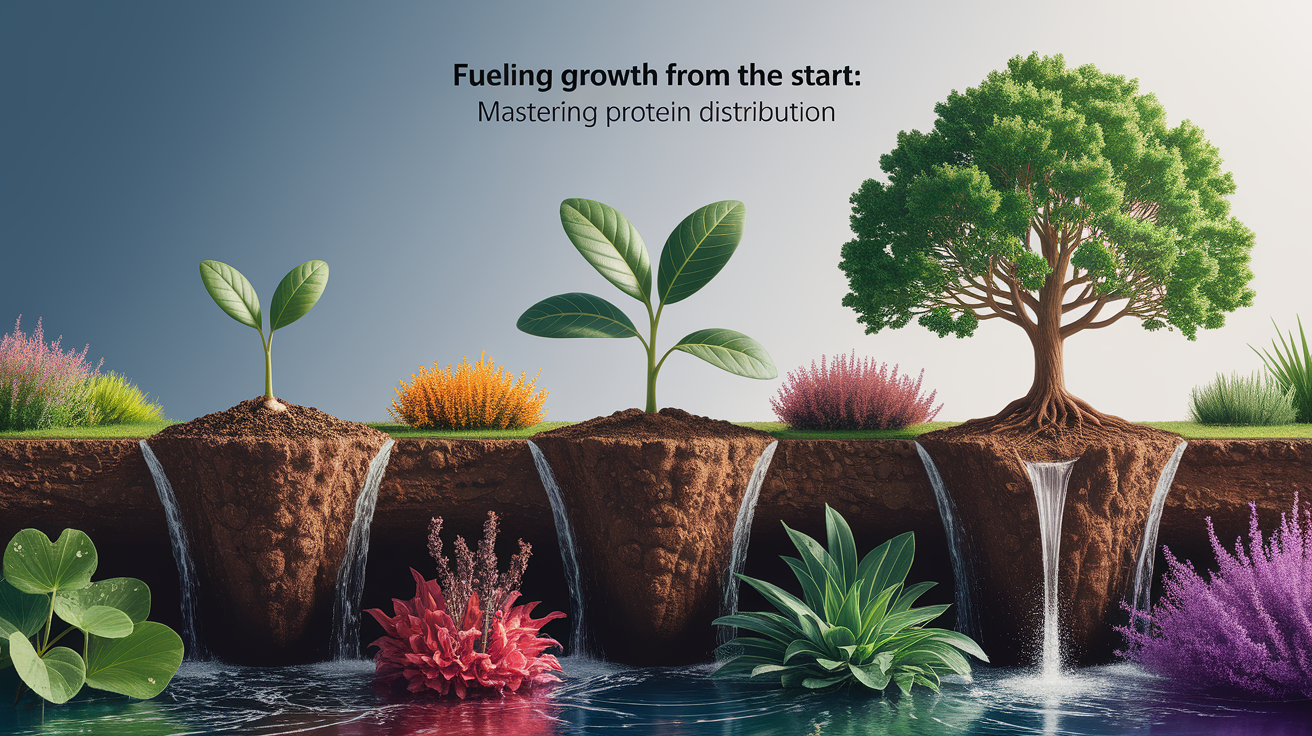
The Molecular Machinery: MPS, mTORC1, and Ribosomal Biogenesis
Muscle hypertrophy is not magic—it’s molecular engineering. At the cellular level, growth occurs when muscle protein synthesis surpasses muscle protein breakdown. The mTOR pathway, specifically mTORC1, acts as the master regulator here, integrating signals from resistance exercise, hormones, and amino acids to push protein assembly forward. Activation of mTORC1 drives translation initiation and ribosomal biogenesis, effectively expanding your muscle’s protein production capacity (source). Without frequent ‘trigger events’ from well-timed protein feedings, these molecular machines remain idle for longer periods, blunting hypertrophic adaptations (source).
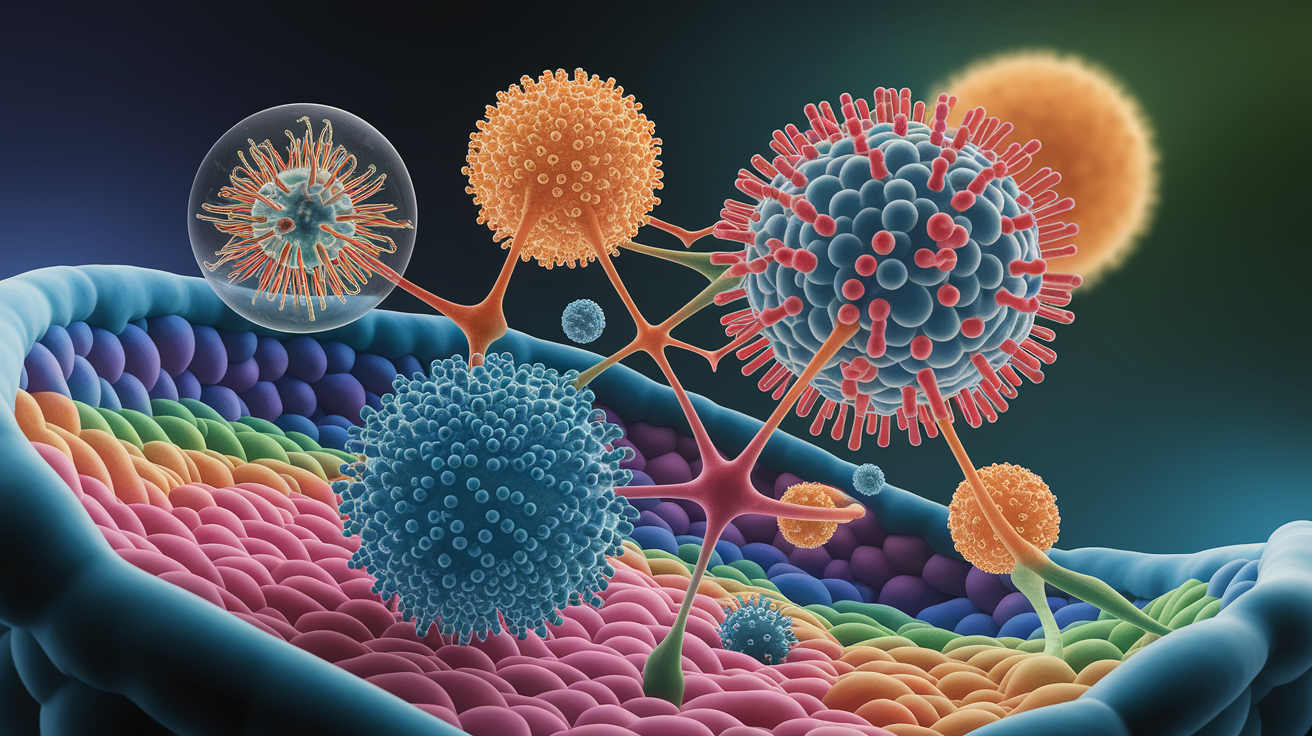
Leucine and Protein Quality: The Key to Stronger Anabolic Signals
All proteins are not created equal when it comes to muscle building. Leucine, one of the branched-chain amino acids, is the key that turns on the mTORC1 switch and accelerates MPS. To maximize the anabolic signal, each meal should deliver roughly 2.5 grams of leucine, which typically corresponds to about 25–35 grams of high-quality protein such as whey protein, lean meats, eggs, or dairy. This “leucine threshold” is particularly crucial in older athletes who experience anabolic resistance (source). Foods with high protein quality and complete essential amino acids (EAAs) ensure each feeding pulls maximal weight toward hypertrophy (source).
Designing Your Daily Blueprint: Optimal Protein Distribution Patterns
The goal is simple: ensure multiple “maximal anabolic” events throughout the day to continuously stimulate muscle construction. Based on current evidence, here’s a blueprint:
- Distribute protein evenly—target roughly 0.25–0.4 g/kg of bodyweight per meal.
- Hit the leucine threshold—aim for ~2.5 g leucine per feeding.
- Feed every 3–4 hours to coincide with the refractory period after protein ingestion.
- Prioritize high-protein quality sources—whey, casein, lean meats, eggs, dairy, or soy.
Example: An 80 kg athlete consuming 2.2 g/kg/day (176 g total) should split this into four meals containing about 40–45 g of protein each to maximize muscle mass gains.
From Theory to Practice: Meal Planning and Timing Strategies
Here’s how to take the science off the page and into the kitchen:
- Pre-Workout (1–2 hours before): Consume a moderate protein meal (30–40 g) with complex carbs to fuel training and begin amino acid circulation.
- Post-Workout (anabolic window): Within 1–2 hours, ingest 20–40 g of rapidly digesting protein like whey to spike MPS (source).
- Midday & Evening Meals: Space meals evenly every 3–4 hours, each meeting the leucine threshold.
- Bedtime Feeding: Opt for a slow-digesting protein like casein to reduce muscle protein breakdown overnight.
This schedule keeps nitrogen balance positive and minimizes times when the skeletal muscle pool is in a deficit.
Frequently Asked Questions (FAQ)
How should I distribute protein throughout the day for muscle growth?
Evenly, with 3–5 meals per day each supplying 0.25–0.4 g/kg of high-quality protein and meeting the leucine threshold.
What is the optimal protein timing for hypertrophy?
Consume protein at regular intervals every 3–4 hours and maximize intake immediately post-workout to exploit elevated MPS rates.
How much protein should I eat per meal for muscle building?
Generally, 25–45 g depending on bodyweight, ensuring ~2.5 g leucine per meal.
Does protein timing matter for muscle hypertrophy?
Yes. Frequent protein feedings maintain elevated MPS throughout the day (source).
Should I eat protein before or after workouts for muscle growth?
Both. Pre-workout protein supports amino acid availability during training, and post-workout protein spikes synthesis during recovery.
What is the anabolic window for protein consumption?
Approximately 1–2 hours post training when muscle tissue exhibits heightened sensitivity to amino acids.
Sealing the Deal: Your Roadmap to Consistent Muscle Gains
There’s no magic here—only disciplined execution of proven principles. Total protein intake is foundational, but optimizing protein distribution turns that foundation into a high-rise physique. Think strategically: feed your muscles evenly, hit the leucine threshold consistently, align meals with training, and prioritize high-quality sources. Implementing these principles not only improves muscle recovery and training adaptations but sets you up for sustainable bodybuilding success. Strength Through Science. Results Through Discipline.
